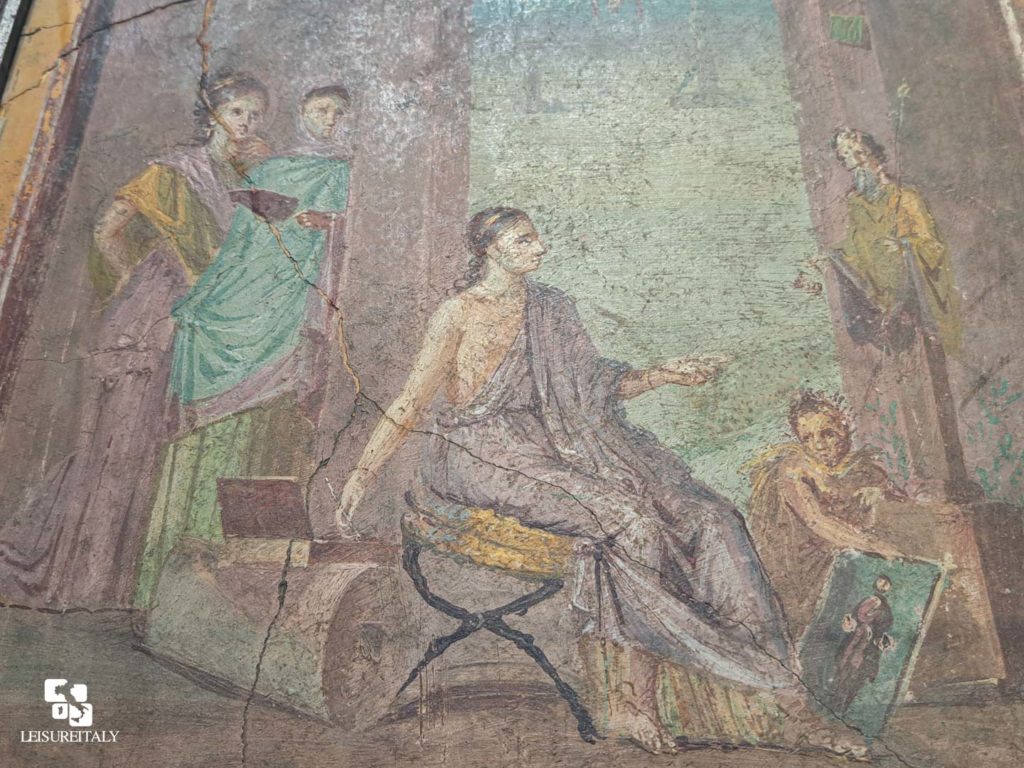
Pompeii is a privileged place to observe the lives of ordinary people.
In particular, those who generally did not leave a trace in the ancient world.
Here is the new fascinating exhibit: DONNA, being a woman in Ancient Pompeii.
A unique opportunity to explore the daily lives of women and their position at home and in society. All categories of women, all family roles, all stages of life.
Birth was probably the most dangerous moment in women’s lives, both for mothers and babies. Childbirth was the responsibility of the midwives.
The instruments used were similar to those of today. On display is a bronze uterine speculum.
Another risk of childbearing was miscarriage, as well as abortion, which was induced through potions and drugs.
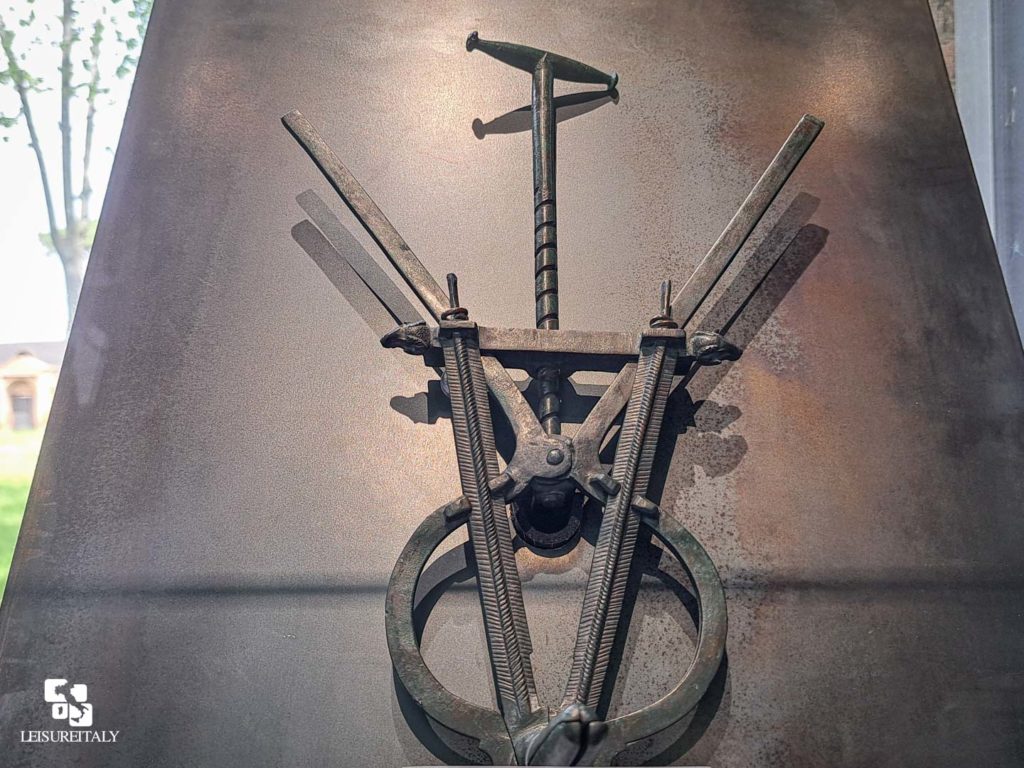
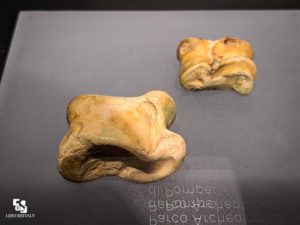
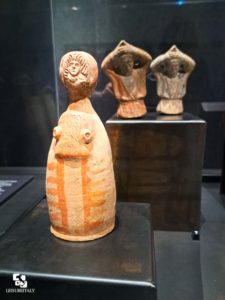
Little girls had different toys and entertainment.
There were clay figurines representing animals or dolls (in the picture).
They enjoyed playing with balls made of fabric and leather filled with feathers, sand, or horsehair.
There were games of chance played with dice, walnuts, or knucklebones (in the picture).
In affluent families, nannies took care of young girls under the supervision of their mothers.
Once seven years old, children were taught reading, writing, and arithmetic by Greek male-slave tutors.
Unlike boys, girls’ education stopped at eleven or twelve years of age due to early marriages. The exhibit displays some writing styluses made of bone.
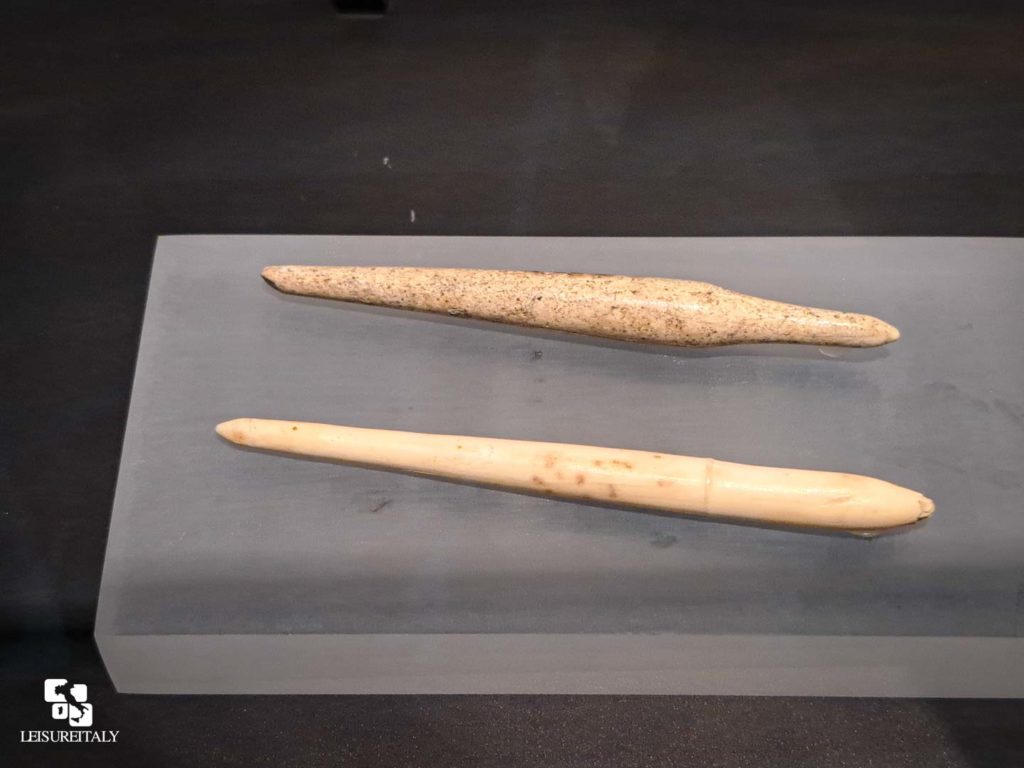
Matronae exercised their power in the house. They were responsible for supervising slaves and for managing the family’s finances. Symbols of the virtues of the Matrona were spinning and weaving.
However, there was time at leisure to groom, socialize, read, write, and play music! The exhibit witnesses these activities with beautiful frescoes from Pompeii’s private homes.
Roman women had also conquered a space forbidden to Greek women: the Banquet. Banquets were unique opportunities to define personal relationships, plan political careers, and make alliances.
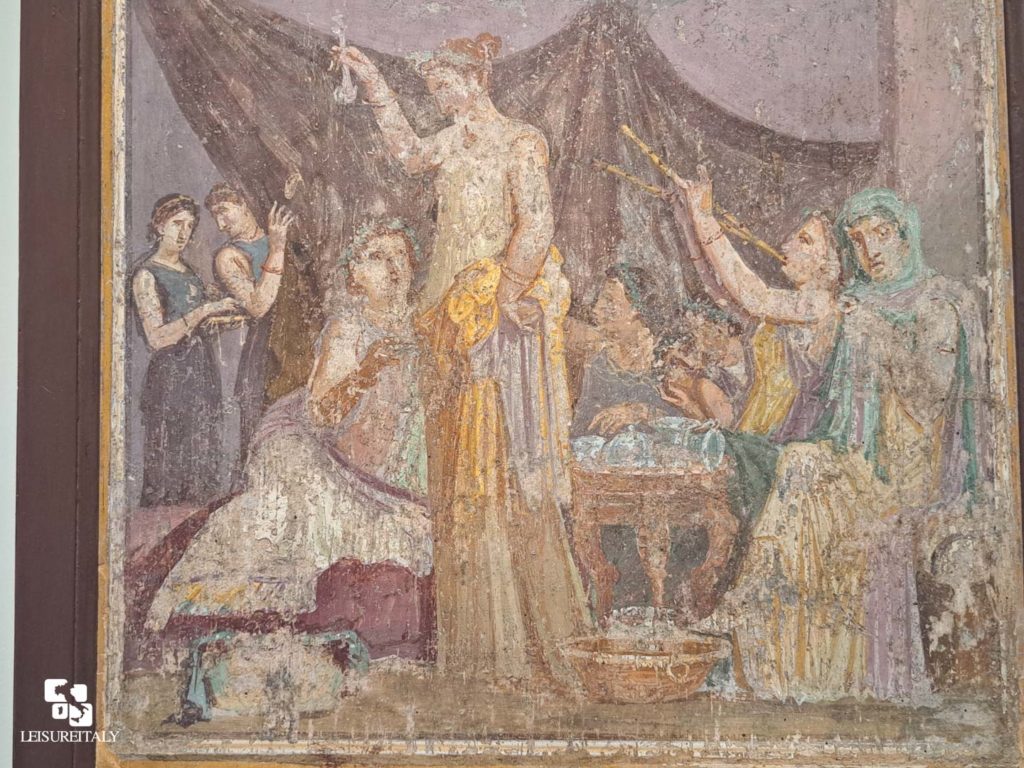
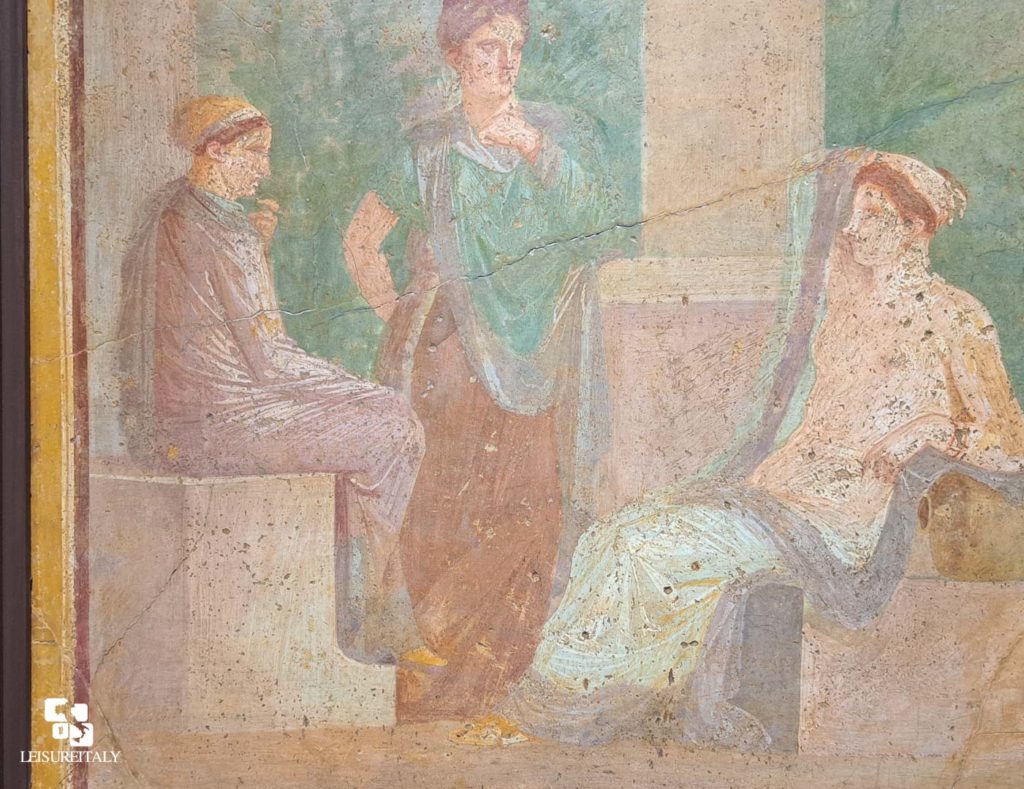
Personal beauty was a pleasure and a duty of Roman matrons.
They moisturized themselves, highlighted their eyes, and colored their lips and cheeks.
Elaborate hairpins made of silver and gold attest to the importance of the work of a hairdresser.
Women’s allure was a means of self-affirmation.
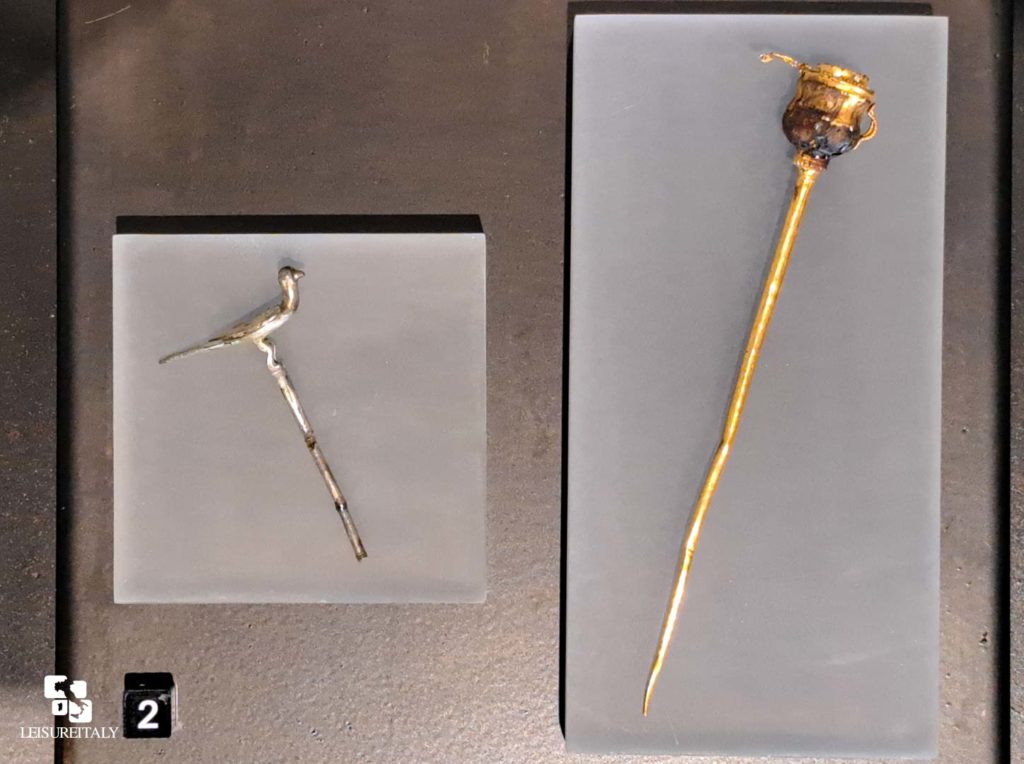
Even more attention to esthetics was the prevailing occupation of sex workers. Women (and boys) encountered clients in brothels, inns, private homes, or cemeteries! On display is the extraordinary gold bracelet in the shape of a snake found on the body of a woman killed by the eruption in nearby Moregine. The bracelet, inscribed “dom(i)nus ancillae suae” (“the master to his very own slave girl”), has been interpreted variously as a gift to a domestic slave, a slave prostitute, or a free woman from her lover.
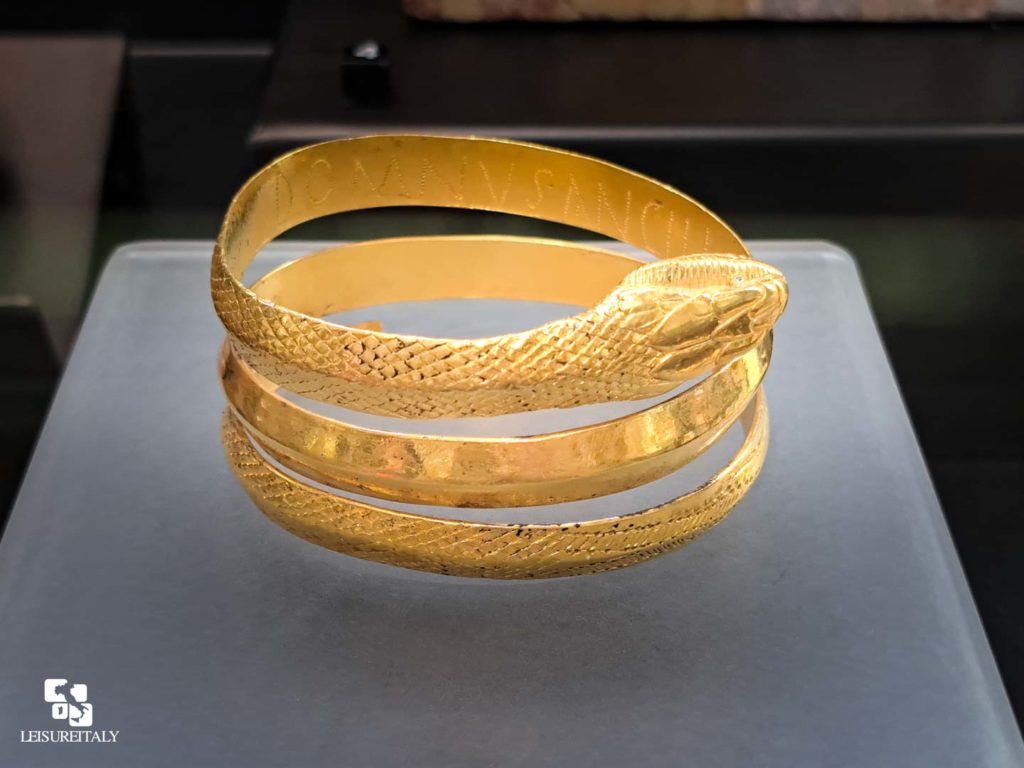
From the end of the Republic and throughout the Empire, women from various social classes reached an important role outside the domestic sphere. Examples in Pompeii are Eumachia and Iulia Felix, both influential entrepreneurs.
Women could own shops, textile workshops, food enterprises, and properties.
Medicine was also practiced by women, as evidenced by medical tools bearing the name of Sperata. Witches were also present in Pompeii, with several amulets and good luck charms on display.
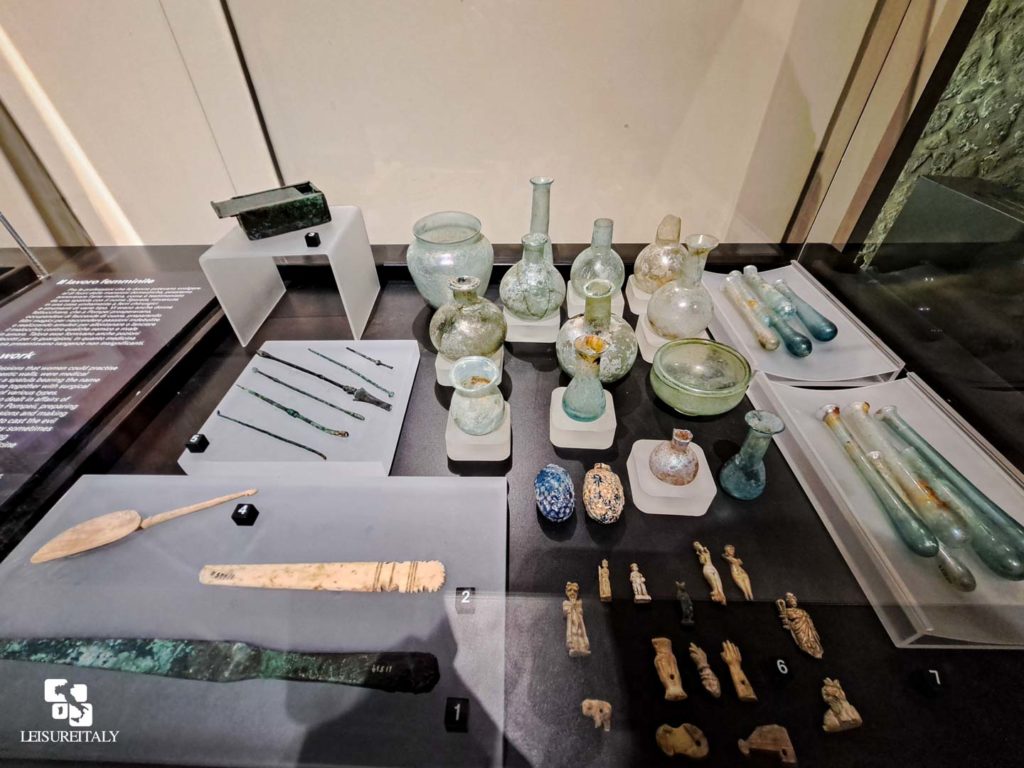
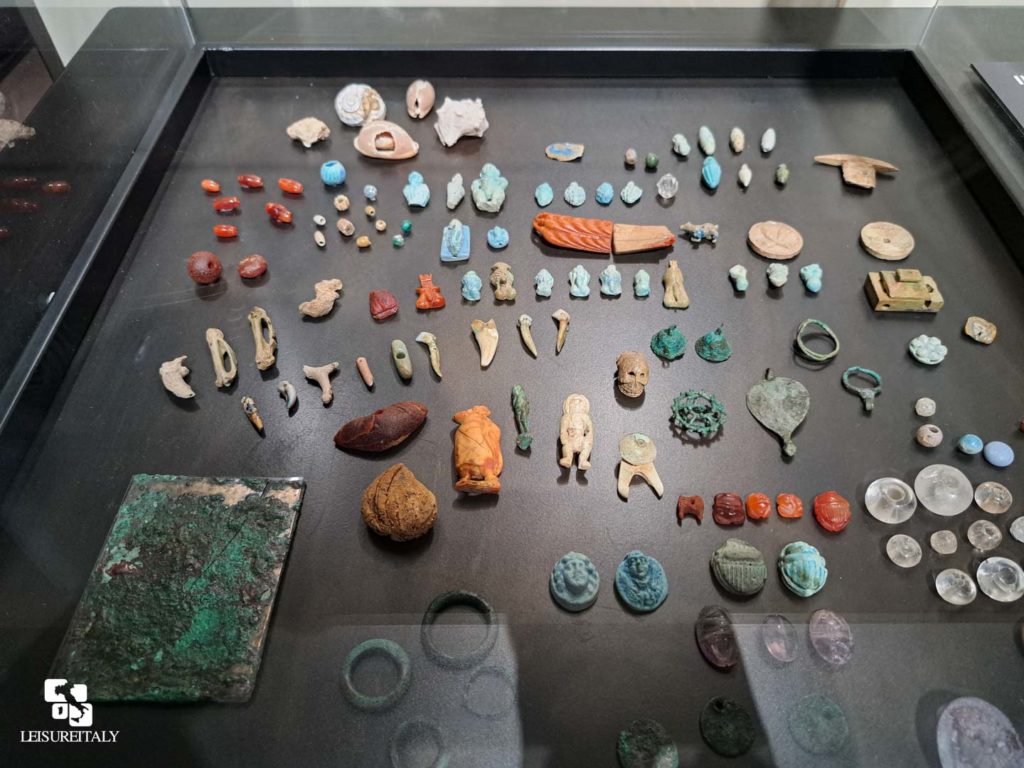
The last item on display, the gravestone of Verania, is an iconic story of social advancement.
Born a slave and freed by her master, Clara Verania married her master’s son Gaius Rufus.
She died at an old age, respected and honored.
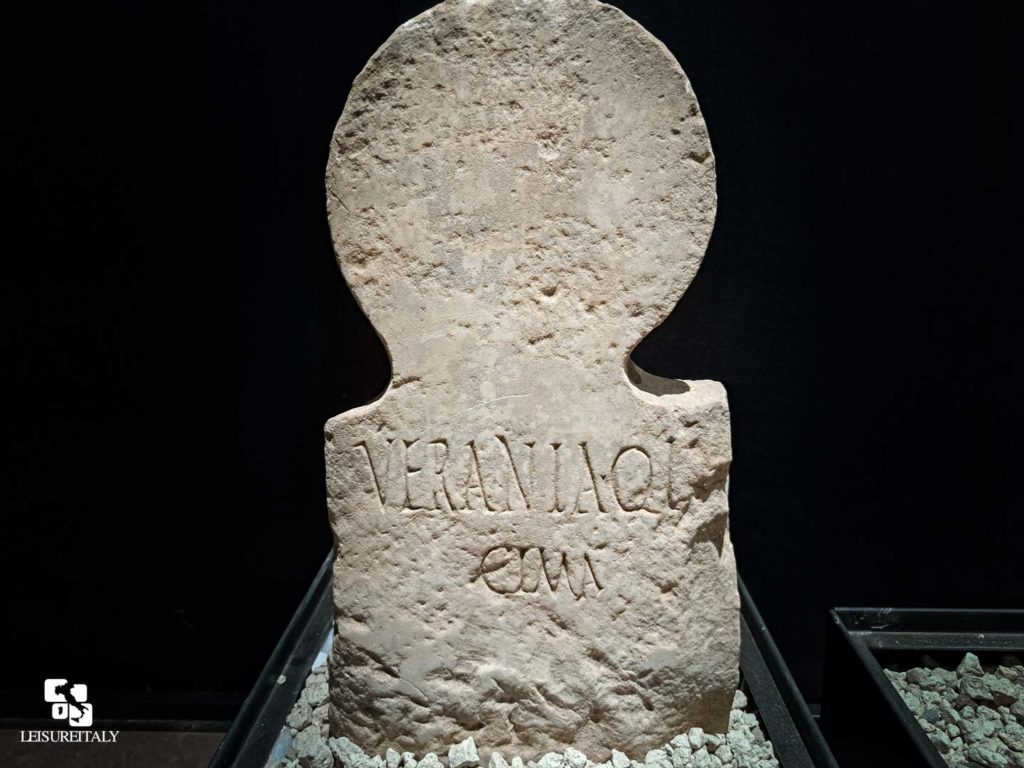
INFO
DONNA: Being a Woman in Ancient Pompeii
From April 16th 2024 until January 31st 2026
Parco Archeologico di Pompei, Palestra Grande
Opening Times: Every day from 9 am to 5 pm (From November to March) , from 9 am to 7 pm (from April to October). Last entrance 90 minutes before closing time.
To purchase the tickets online or for further information please visit the official website of the event
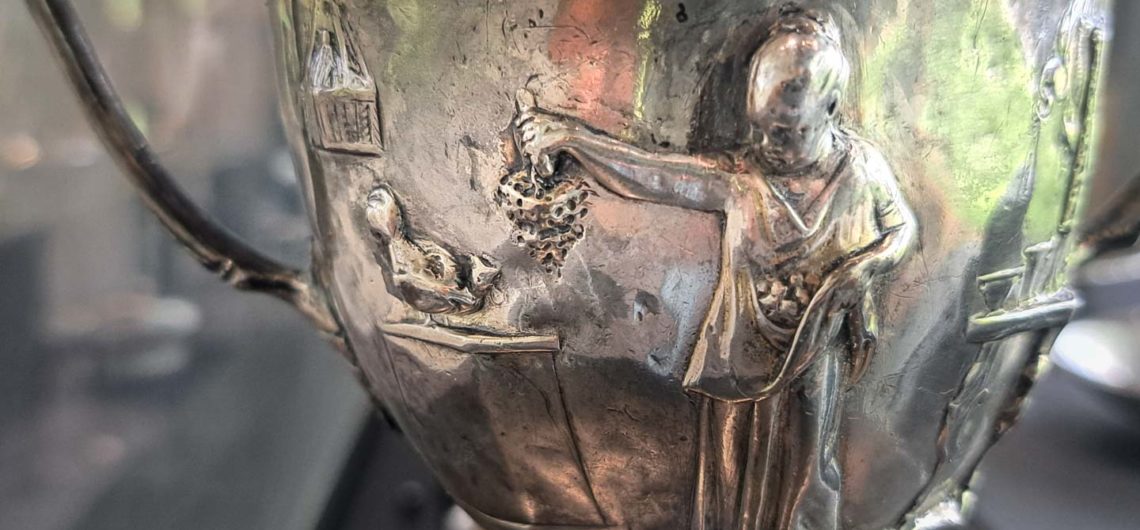
Comments